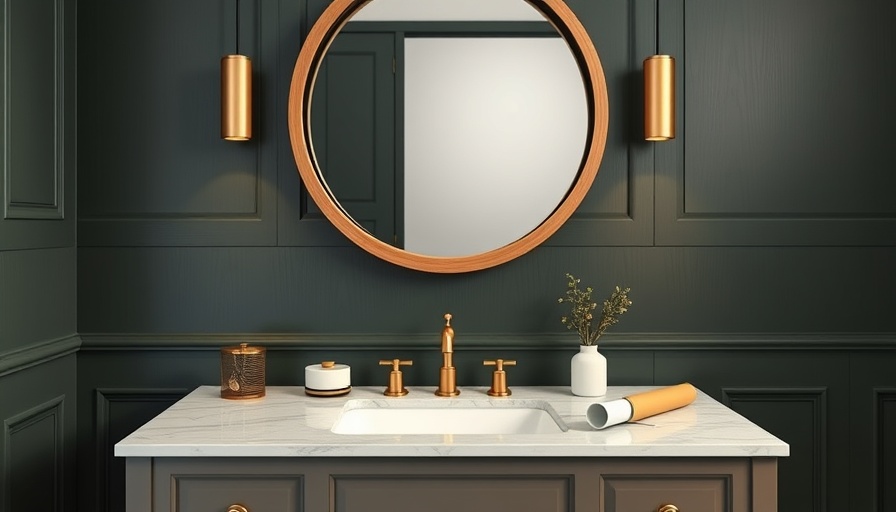
Mastering the Craft of Caulking: A Beginner's Guide
Caulking is an essential yet often underestimated component of home improvement projects. This flexible material seals gaps and cracks, providing an effective barrier against moisture and dirt while also enhancing the overall aesthetic of your spaces. If you've ever tackled a DIY project, whether it was an elaborate remodel or just a quick fix, you've likely found yourself reaching for a tube of caulk. But how do you ensure that your caulking job looks professional? Fear not, as we delve into the best practices and expert tips to caulk like a pro.
Why Caulking is Crucial for Home Maintenance
Caulk serves a dual purpose: it protects your home from the elements while making it look great. Often found around windows, doors, and baseboards, this material helps prevent air leaks that can drive up your energy bill and cause uncomfortable drafts. It’s particularly important in areas prone to moisture, such as kitchens and bathrooms, where improper sealing can lead to mold growth and water damage. Understanding when and where to apply caulk can save you significant maintenance costs down the line.
Choosing the Right Type of Caulk Matters
Not all caulk is created equal. Depending on your project, you’ll want to choose between silicone caulk and acrylic latex caulk. Silicone is ideal for wet areas like kitchens and bathrooms due to its waterproof seal. However, it’s important to note that silicone is not paintable, which can be a drawback if you're looking for a seamless finish in visible areas. On the other hand, acrylic latex caulk is paintable and perfect for woodwork, making it the go-to choice for baseboards and trim installation. Always consider your project needs before making a selection!
Essential Tools for a Successful Caulking Project
To achieve the best results, gather a few essential tools before you start:
- Caulk Gun: This tool allows for controlled application of caulk.
- Painter’s Tape: Use this to delineate clean lines and protect surfaces.
- Caulk Remover Tool: Perfect for removing old caulk before applying a fresh bead.
- Baby Wipes: A handy tool for quick clean-up of any messes made during application.
- Backer Rod: Essential for larger gaps to ensure proper filling.
Tips for a Professional Finish
Achieving that pro finish with caulking takes practice and a few tricks of the trade:
- Prep the Area: Clean the surface thoroughly and remove any old caulk for better adhesion.
- Apply Even Pressure: As you dispense the caulk, apply even pressure on the caulk gun for a consistent bead.
- Tool the Caulk: Use a wet finger or a caulking tool to smooth out the caulk bead for an even application.
Common Caulking Mistakes to Avoid
Even the most experienced creators can make mistakes. Avoid these common pitfalls:
- Rushing the curing time: Follow instructions on drying times for the best results.
- Overfilling gaps: This can lead to messy edges that detract from an otherwise clean look.
- Not using enough caulk: Make sure all joints and seams are adequately filled to prevent future issues.
In Conclusion: Your Next Moves in Home Improvement
Having an arsenal of caulking knowledge at your fingertips enables you to tackle those pesky home repairs and enhance the beauty of your living space. With the right tools, techniques, and materials, your caulking will not only protect your home but also make it look polished and professionally finished. So, gather those supplies and get ready to bid farewell to unsightly gaps and cracks. Let’s make DIY a fun and rewarding experience!
 Add Row
Add Row  Add
Add 




 Add Row
Add Row  Add
Add 
Write A Comment